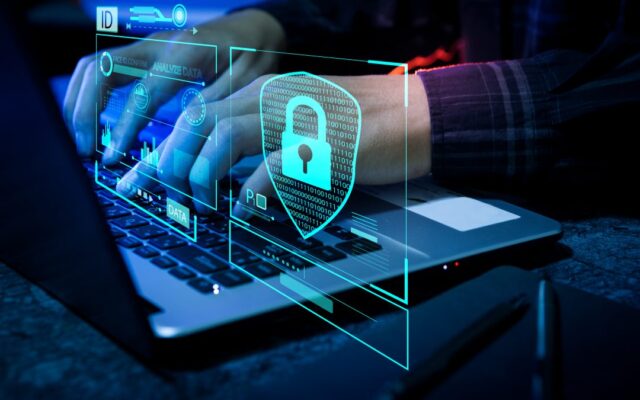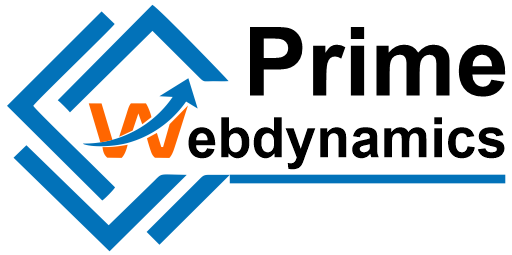In the digital age, schools in Agra are increasingly relying on their websites to communicate with students, parents, and the wider community. However, with this reliance comes the critical need for robust security measures to protect sensitive information and maintain the trust of users. Cyber threats can target educational institutions, making it essential for schools to implement effective security features on their websites. Here are some of the best website security features that schools in Agra should consider:

Table of Contents
Toggle1. SSL Certificates
An SSL (Secure Sockets Layer) certificate is fundamental for any website, particularly for schools that handle personal information from students and parents. SSL encrypts data transmitted between the user’s browser and the server, ensuring that sensitive information remains confidential.
Why It’s Important:
- Data Protection: SSL certificates help protect sensitive data, such as login credentials and personal information, from interception by malicious actors.
- Trust and Credibility: A website with an SSL certificate displays a padlock icon in the address bar, which reassures users that their data is secure.
2. Regular Software Updates
Keeping the website’s software, including content management systems (CMS), plugins, and themes, updated is crucial for maintaining security. Updates often include security patches that protect against vulnerabilities.
Why It’s Important:
- Vulnerability Mitigation: Regular updates reduce the risk of exploitation by hackers who target outdated software.
- Enhanced Performance: Updates often improve website performance, providing a better user experience.
3. Firewalls
A web application firewall (WAF) acts as a barrier between the school’s website and potential threats from the internet. It monitors incoming traffic and blocks harmful requests, helping to protect the site from attacks.
Why It’s Important:
- Threat Detection: Firewalls can detect and block malicious traffic, reducing the risk of data breaches.
- Customizable Security Rules: Schools can tailor firewall settings to address specific threats relevant to their environment.
4. Data Encryption
In addition to SSL, encrypting sensitive data stored on the server is crucial. This ensures that even if a data breach occurs, the information remains unreadable without the decryption key.
Why It’s Important:
- Sensitive Information Protection: Encrypted data minimizes the risk of exposure in case of unauthorized access.
- Compliance with Regulations: Data encryption helps schools adhere to privacy regulations and protect student information.
5. Two-Factor Authentication (2FA)
Implementing two-factor authentication adds an extra layer of security for administrative and staff accounts. Users must provide a second form of verification, such as a text message or authentication app code, in addition to their password.
Why It’s Important:
- Increased Account Security: 2FA significantly reduces the likelihood of unauthorized access, even if passwords are compromised.
- User Accountability: With additional verification steps, users are more likely to take their security seriously.
6. Regular Backups
Regularly backing up website data ensures that a school can quickly recover from data loss due to cyberattacks, server failures, or human error. Automated backups can be scheduled to occur at regular intervals.
Why It’s Important:
- Data Recovery: In the event of a cyber incident, backups allow schools to restore their websites to a previous state with minimal disruption.
- Peace of Mind: Knowing that data is backed up reduces anxiety around potential data loss.
7. Security Monitoring and Audits
Continuous security monitoring involves regularly reviewing website activity and security settings to identify any unusual or unauthorized access attempts. Conducting security audits can help identify vulnerabilities and improve security protocols.
Why It’s Important:
- Proactive Threat Detection: Early detection of suspicious activity can prevent potential breaches.
- Improved Security Practices: Regular audits help schools stay informed about the latest security threats and best practices.
8. User Access Controls
Implementing strict access controls ensures that only authorized personnel can access sensitive information and administrative functions on the website. This involves setting user roles and permissions based on job responsibilities.
Why It’s Important:
- Minimized Risk of Insider Threats: Limiting access reduces the potential for accidental or malicious data breaches by employees.
- Data Integrity: With controlled access, the risk of unauthorized changes to the website content is minimized.
Conclusion
As schools in Agra increasingly embrace digital platforms for communication and administration, prioritizing website security is essential. Implementing the best security features—such as SSL certificates, firewalls, data encryption, and regular backups—will protect sensitive information and maintain trust with students and parents. By taking a proactive approach to website security, schools can create a safe and reliable online environment that supports their educational mission. Ensuring that the website is secure not only safeguards data but also enhances the overall reputation of the institution in the community.


No responses yet